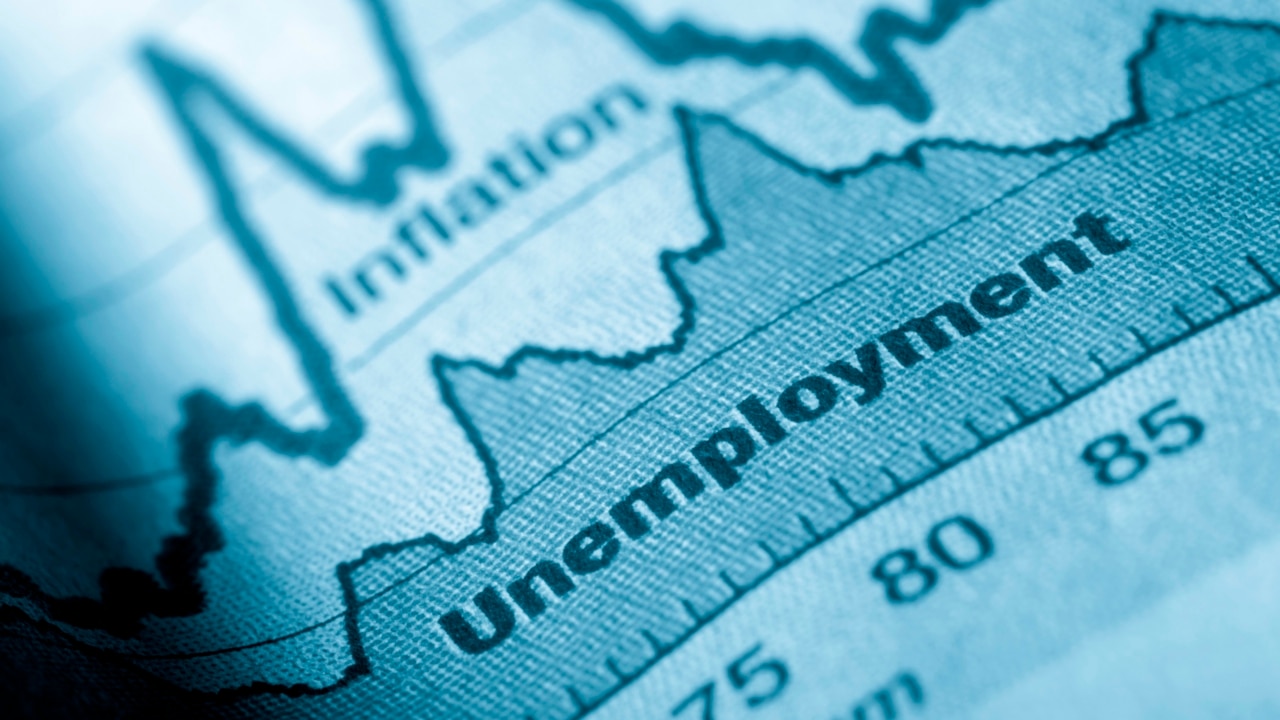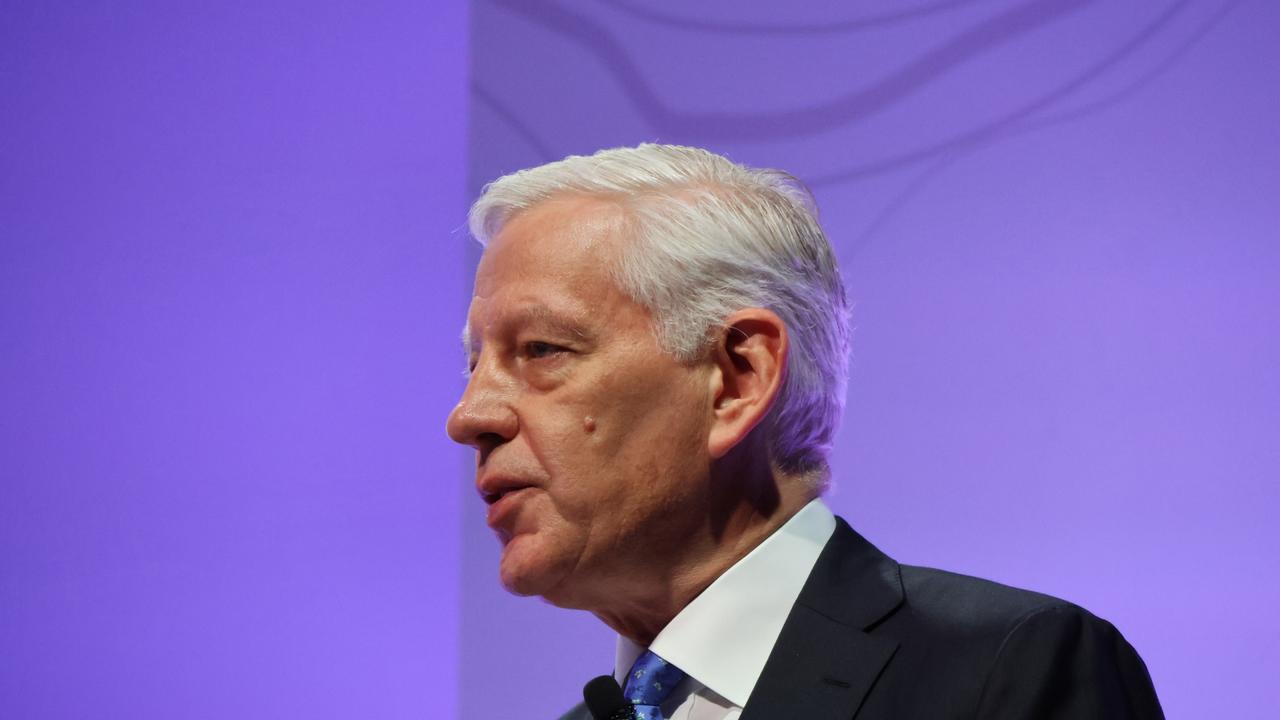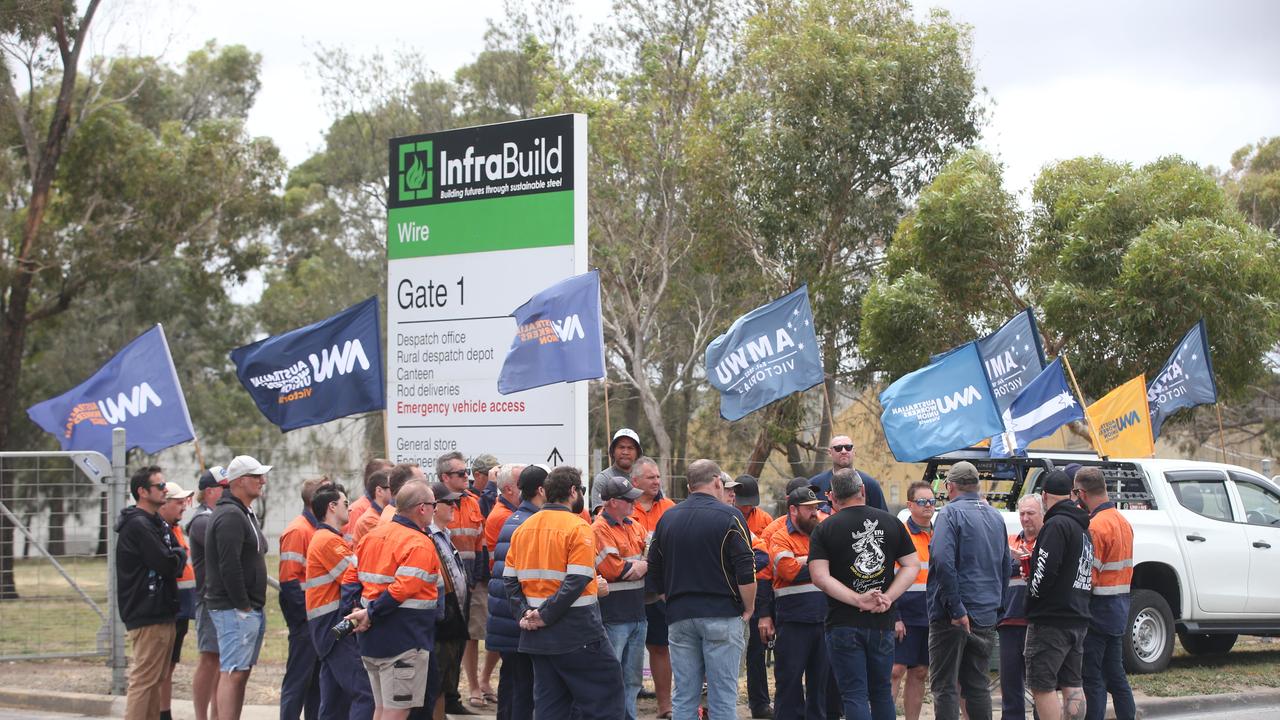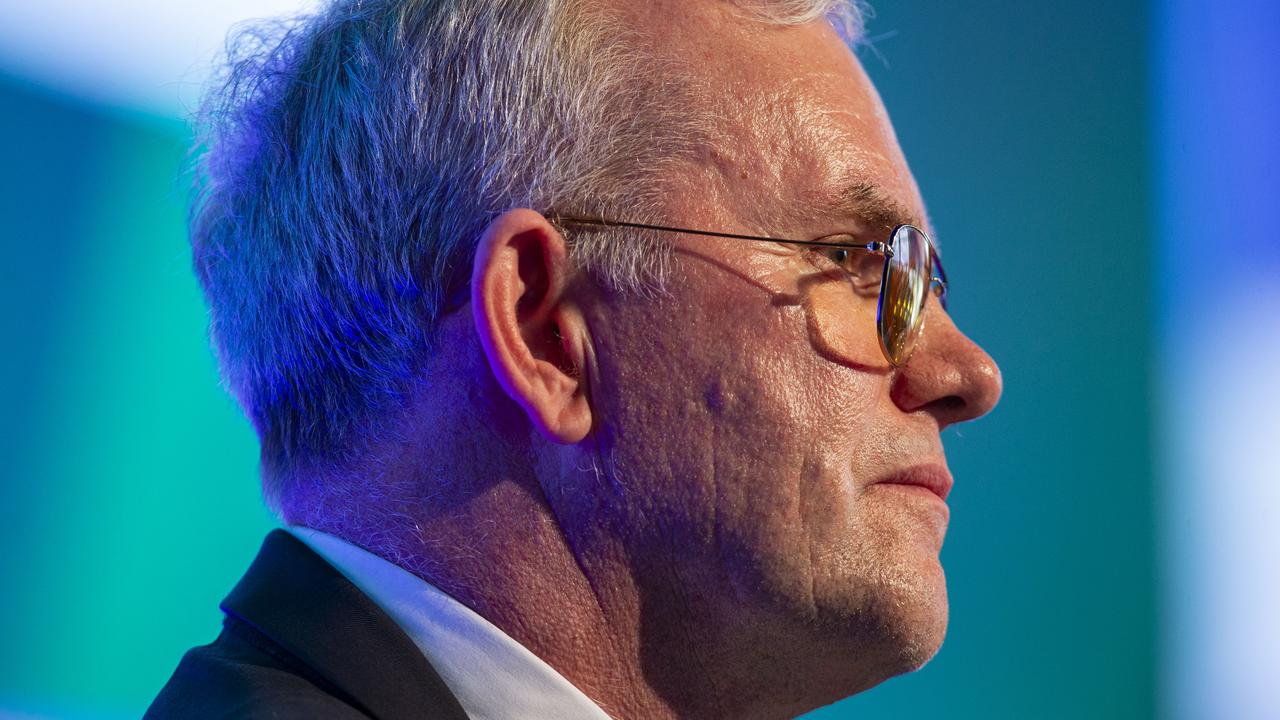Unemployment ticks higher, but why hasn’t it surged?
Businesses and households are struggling, and the economy is effectively shrinking, so why is the jobless rate still only 4.1 per cent?

Business
Don't miss out on the headlines from Business. Followed categories will be added to My News.
New unemployment figures paint an uncertain picture for borrowers, businesses and investors, and one key question continues to confound: Why isn’t our jobless rate higher?
For the five years before the pandemic Australia’s national unemployment rate ranged between 5 and 6 per cent. It spiked to 7.5 per cent in mid-2020 but since 2022 has been between 3.5 and the current 4.1 per cent.
June’s jobless rate was up 0.1 per cent from 4 per cent in May, according to the Australian Bureau of Statistics. It is in line with economists’ forecasts, and there are expectations it will climb further in the months ahead as the economy struggles under the weight of higher interest rates.
There are several reasons why our unemployment remains relatively low despite rising mortgage stress, business collapses and an economy that has been shrinking on a per-person basis for most of the past two years.

While unemployment has been ticking higher since mid-2023, these factors may explain why it has not surged:
• The rate is only reflects people out of work or those looking to work, so won’t show if people’s hours have been cut or they’re not working as much as they want. The majority of jobs added in the past year have bee part-time.
• There is a lagging effect from other economic impacts, such as the recent string of interest rate rises, because businesses can be slow to change their hiring plans.
• Many businesses may be holding onto their workers because they remain fearful of the skills shortages that many suffered at the end of the pandemic.
• More people are working part time, with a new study by Reckon finding about one quarter of the workforce do not work full-time hours – up by about two-thirds since 2006. Where there are roles being shared, there are fewer unemployed people.
Australia’s unemployment was above 10 per cent during the early-1990s recession, so 4 per cent makes us the lucky country once again.
However, the current rate and its likely push higher will have impacts.
INTEREST RATES
Economists are split about whether the Reserve Bank will lift interest rates at next month’s meeting, and unemployment gives them no further clarity. Had it surged, rate rises would have been off the agenda. Now everyone is closely watching the June quarter inflation figures to come out on July 31.

THE ECONOMY
High unemployment is bad for the economy, because people who don’t have a job can’t spend money on stuff.
The current rate remains historically low, and hundreds of thousands of job vacancies still remain, which suggests we won’t see a huge jobless spike in the months ahead unless there are other economic shocks.
INVESTMENTS
More people working means more people feeding money to Aussie businesses, and indirectly their share prices. It also means house prices are unlikely to sink because strong demand for property will remain.
Investment markets will continue to be driven by other more powerful factors such as global economic forces, interest rates, company profits, supply and demand, population growth and geopolitical events.
The jobless rate is just a small piece of the financial puzzle, but still a piece.
Originally published as Unemployment ticks higher, but why hasn’t it surged?









